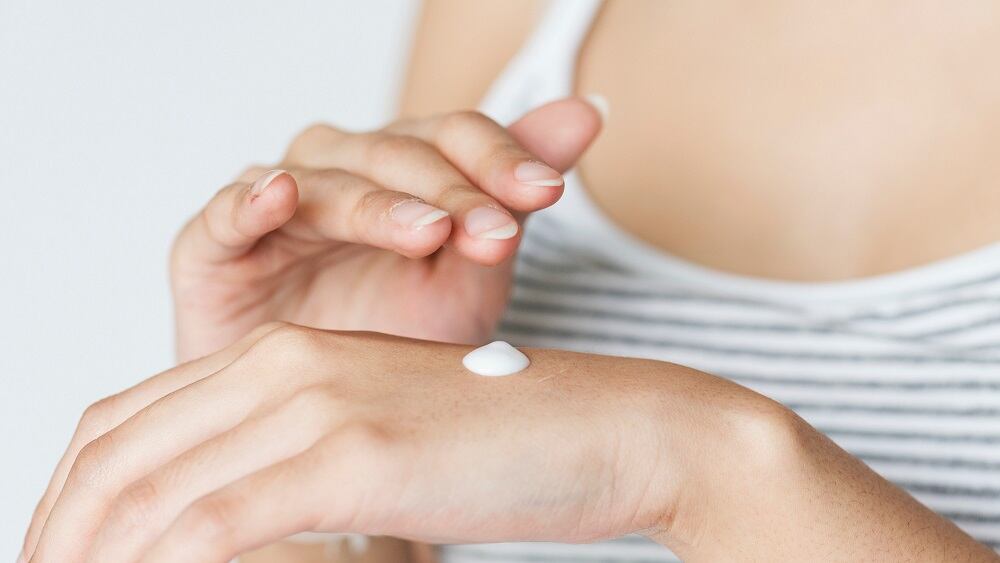Established in 2014, the company supplies traditional Chinese medicinal (TCM) herbal actives. In four years, it ranked among the top 100 private enterprises in China.
The company has primarily been operating in China but is working to expand into new markets.
“Moving out of China presents us with more possibilities to expand the business. It's about time. We can't just keep selling in China, one day it will hit a saturation point. We're being realistic,” said Michael Kwan, market development director and international trade co-ordinator of Nutri-Woods.
The firm recently signed a deal with L'Oréal Group to become a global supplier, said Kwan. “All these big companies are looking for something different, something new. We are going to explore how we can work closer together.”
Not just any herb
While the company is confident in its products and its ability to expand, Kwan said one of the biggest hurdles is educating the industry about TCM herbs.
“There’s a big difference between a plant and TCM herbs. Not every plant can be used in TCM. There is the Compendium of Materia Medica, which was put together during the Ming Dynasty and revised over the year, that documents 1,892 herbs.”
He stressed that a TCM prescription or formula has to follow specific rules and requires a deep understanding of TCM principles.
“It's not about putting any two herbs together. When you put the wrong herbs together, it can be fatal. Knowing the herb and knowing how to put them together is essential,” said Kwan.
It also requires an understanding of how it interacts with other non-TCM ingredients.
IrriBate is one of the company’s bestsellers with ingredients such as prickly pear and tapioca starch.
The company claims that IrriBate can mitigate any potential skin-irritating effects of surfactants, preservatives and fragrances.
What makes TCM herbs distinct from other herbs are their multifunctional aspect. One example is dang gui, a widely-used herb in TCM.
Dang gui, sometimes known as female ginseng is traditionally used to improve blood circulation and can be used in skin care to detoxify, reduce imperfections and restore a healthy-looking complexion.
“There's a saying in Chinese literature that nine out of 10 prescriptions will contain dang gui. This means that when combined with other herbs it works differently. It serves a different purpose and function. There are many possibilities for one herb. Only when it can be used this way, then we call it a TCM herb,” said Kwan.
Process makes perfect
Among all the herbs indexed in the Compendium of Materia Medica, about 60% to 70% need to be processed before use. This involves various procedures such as steaming, drying, fermenting and boiling.
“Processing is a vital part of the tradition, as it allows us to change the nature of the herbs. It’s a bit like coffee. When you roast the beans, you are changing the aroma and taste. You roast to get different flavours or intensities,” Kwan explained.
He elaborated: “When we process and change the nature of the herb, we can reduce and eliminate any side effects it might have, allowing us to make full use of the herb safely.”





